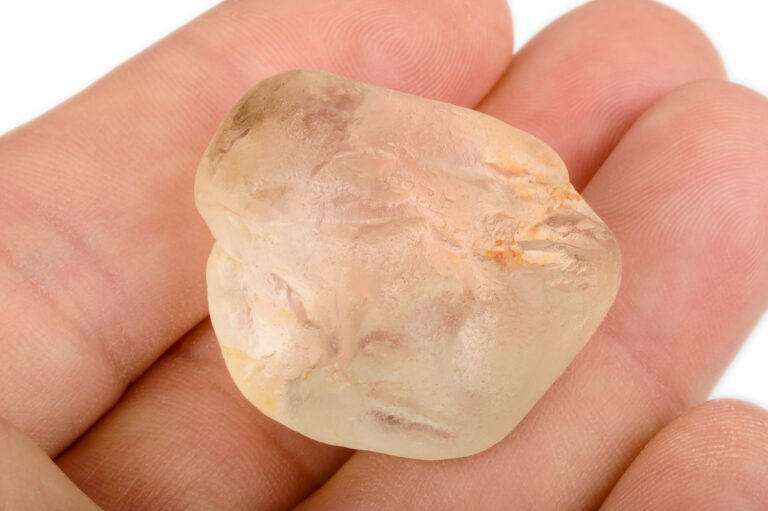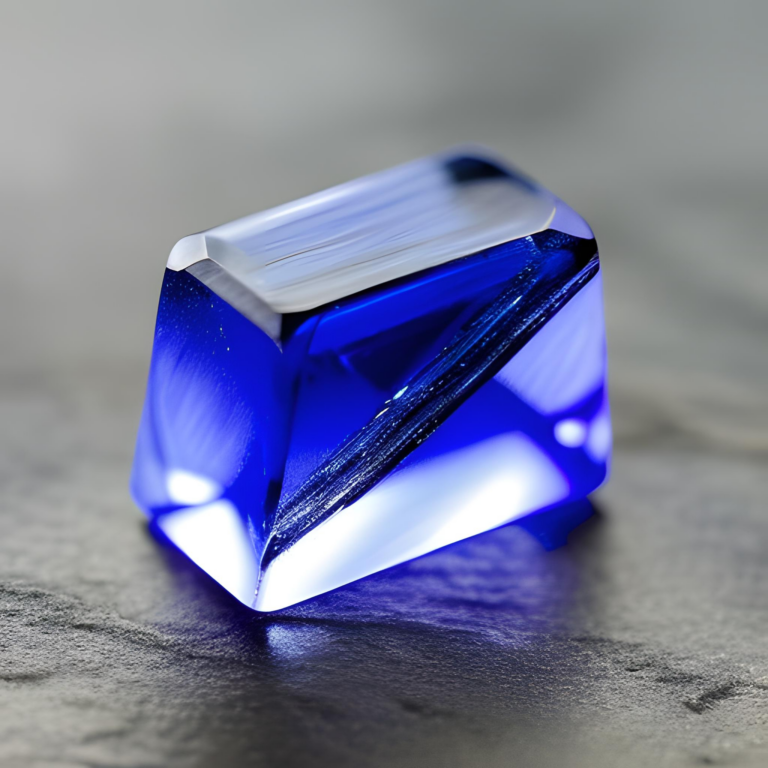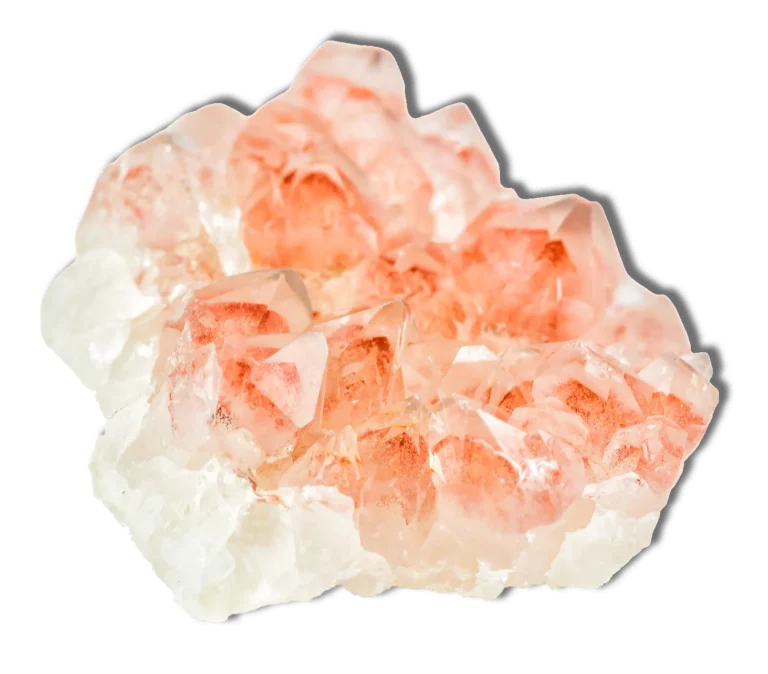Tibetan Turquoise: Properties, Benefits & Meanings
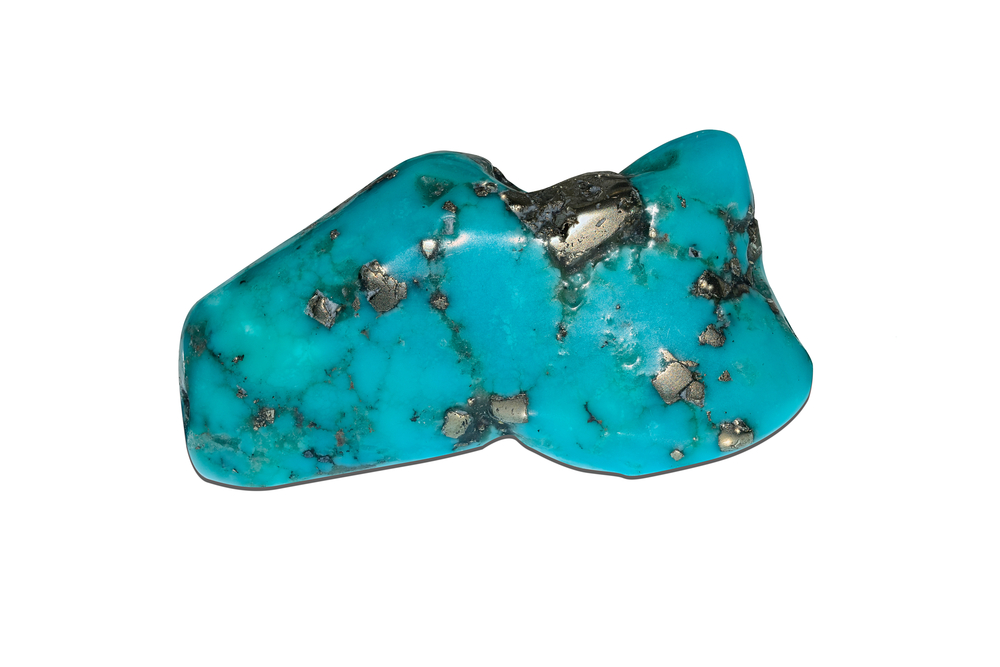
Tibetan Turquoise Overview
Tibetan Turquoise, a gemstone with enigmatic beauty and unrivaled spiritual symbolism, has captivated Tibetan and Nepalese people for thousands of years. Alluring shades of blue bring about its splendor while the matrix appearing on each piece displays unique textures, making every single stone a one-of-a-kind creation from Mother Nature.
In this blog post, we’ll explore the physical and spiritual properties of Tibetan Turquoise, its uses and benefits, and the fascinating history and meanings behind this mysterious stone.
What Is Tibetan Turquoise?
Tibetan Turquoise is a type of Turquoise found in the Himalayan region of Tibet. It is a hydrous phosphate of aluminum and copper and is known for its vibrant blue color and unique matrix patterns, which range from black or brown to shades of green.
Tibetan Turquoise is similar to Persian and Green Turquoise in both its physical structure and beautiful hues. This soothing stone features a complex character, making it highly sought after as an eye-catching jewelry feature or healing aid due to its multiple uses. It is characterized by its smooth, waxy texture and ability to hold its color over time. This rare and precious stone has been used in jewelry and sacred objects for thousands of years. It continues to be a popular choice among gemstone lovers today.
How is Tibetan Turquoise Formed?
Tibetan Turquoise is formed by interacting water and minerals in the earth’s crust. The mineral is formed from the alteration of copper-rich minerals and aluminum-rich rocks, which creates the unique blue color and matrix patterns that are characteristic of this stone. This process takes place over millions of years. It results in turquoise deposits, which can be found in several regions worldwide, including Tibet.
The turquoise deposits in Tibet are some of the oldest, most unique, and most prized in the world.
Physical Properties
| Mineral Group | Turquoise Group |
| Formula | CuAl6(PO4)4(OH)8 · 4H2O |
| Chemical name | Turquoise |
| Color | Vibrant blue to greenish blue |
| Hardness (Mohs scale) | 5 to 6 |
| Refractive Index | 1.610 to 1.650 |
| Fracture | Conchoidal to uneven |
| Luster | Waxy, silky, or pearly |
| Specific Gravity | 2.6 to 2.8 |
| Transparency | Translucent, Opaque |
Etymology
The word “Turquoise” is derived from the French word “turques,” which means “Turks,” as the stone was originally brought to Europe via Turkish trade routes. The word “turquoise” was first used in the 16th century and has since become a commonly used term for this beautiful mineral.
The word “Tibetan” in “Tibetan Turquoise” refers to where this particular form of Turquoise is found, the Himalayan region of Tibet. Tibetan Turquoise is highly prized for its unique beauty and rarity. It is considered one of the most valuable forms of Turquoise in the world.
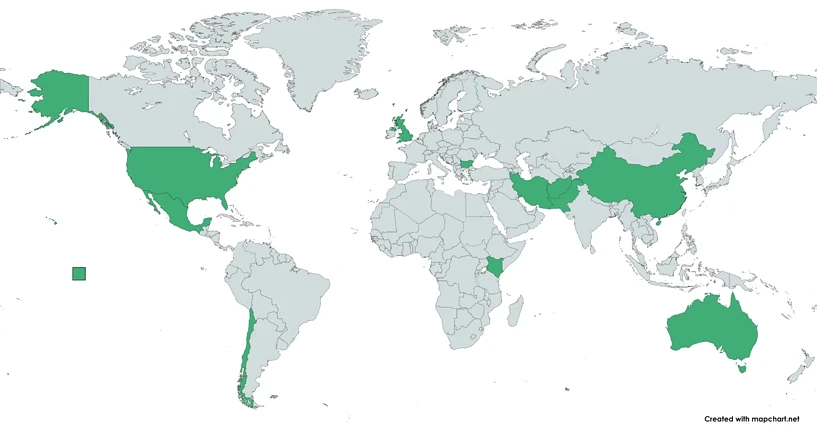
Where is Tibetan Turquoise Found?
Tibet is a renowned destination for some of the world’s most dazzling Turquoise. This gemstone comes in four unique varieties, each boasting its own remarkable characteristics that make it truly irresistible.
In the Gangschan Mountains of Ngari-Khorsum in Western Tibet lies one source known for top-quality material. The second can be found between Lhasa and the China-Tibetan border near Chamdo, about 400 miles northeast of Lhasa. Draya, west of Bathang, holds a third location. At the same time, Derge has a fourth situated within their mountain ranges deep in Eastern Tibet.
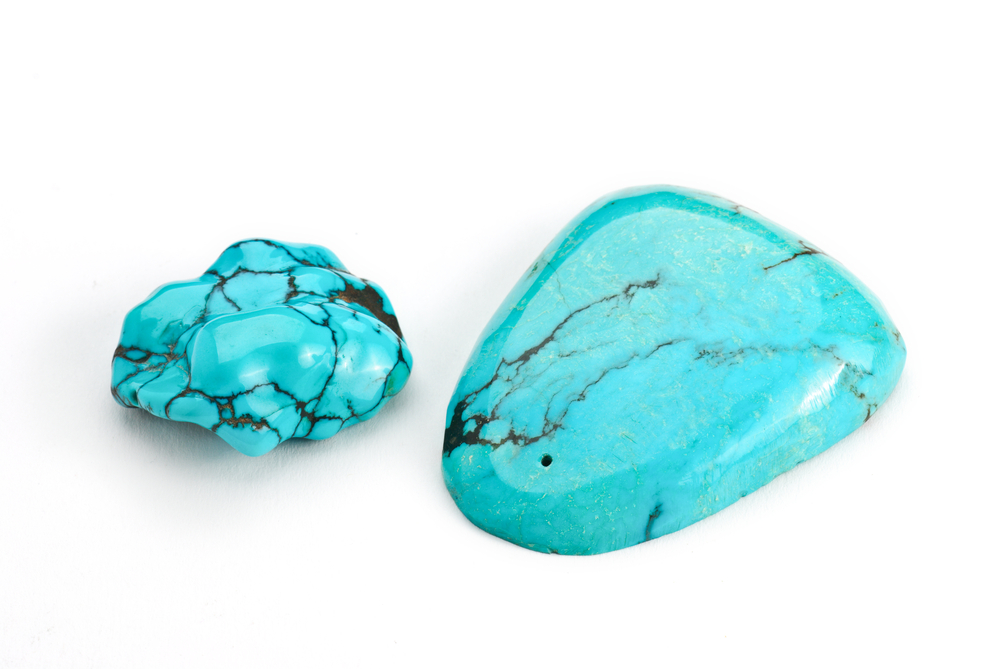
Tibetan Turquoise Appearance
Tibetan Turquoise is known for its vibrant blue color and unique matrix patterns, which range from black or brown to shades of green. The matrix patterns in the stone are created by other minerals and add to their unique beauty and charm.
This type of Turquoise is also known for its smooth, waxy texture and ability to hold its color over time. The blue color of Tibetan Turquoise is due to the presence of copper. At the same time, the matrix patterns result from the presence of iron, aluminum, and other minerals. Combining these elements creates a stone that is truly one of a kind and highly prized by gemstone lovers and collectors.
Types of Tibetan Turquoise
There are several types of Tibetan Turquoise, each with its unique beauty and characteristics. Some of the most common types include:
- Blue Tibetan Turquoise: This is the most traditional form of Tibetan Turquoise and is characterized by its vibrant blue color and unique matrix patterns.
- Green Tibetan Turquoise: This type is rarer and is characterized by its greenish hue, created by iron in the stone.
- Black Tibetan Turquoise: This type is known for its dark matrix patterns and is prized for its unique beauty and rarity.
- Spiderweb Tibetan Turquoise: This type is characterized by its intricate, web-like matrix patterns and is highly prized by collectors and gemstone lovers.
- Kingman Style Tibetan Turquoise: This type is known for its bright blue color and minimal matrix patterns, reminiscent of Kingman Turquoise from Arizona.
Each type is unique and beautiful, prized for its rarity, beauty, and versatility.
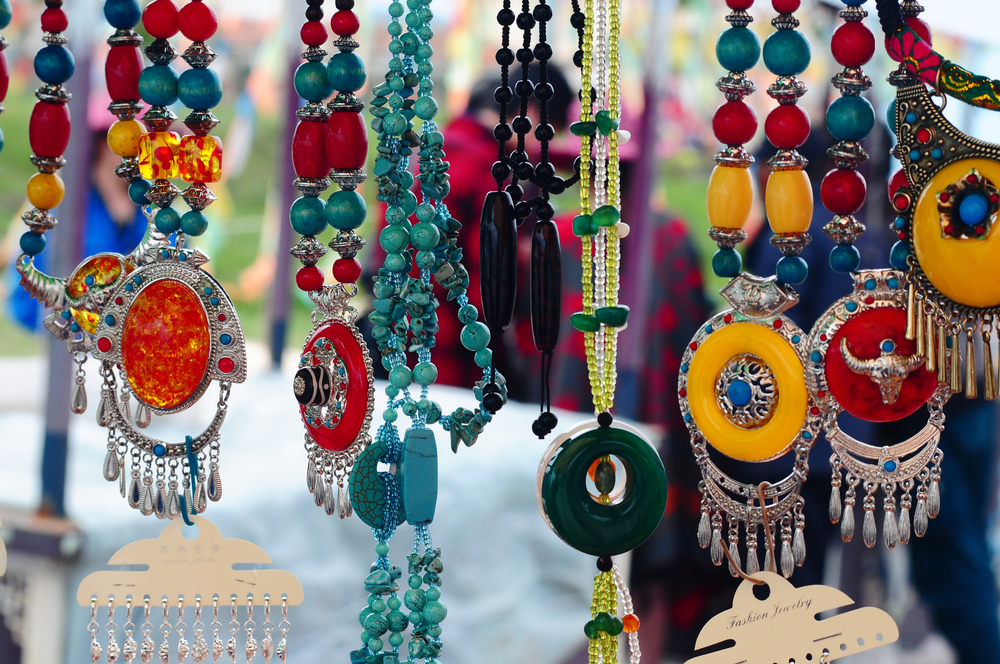
Tibetan Turquoise Value and Price
The value and price of Tibetan Turquoise can vary depending on several factors, including carat weight, cut, clarity, and color. Some of the most important factors that impact the value include:
- Carat Weight: The carat weight of a piece refers to its size and weight and can greatly impact its value. Generally, larger pieces are more valuable. Still, size is not the only factor that affects the price.
- Cut: The cut of a piece refers to the shape and size of the stone and can also impact its value. Stones that are well-cut and have a smooth, polished surface are generally more valuable than those with a rough or uneven texture.
- Clarity: The clarity of a piece refers to the absence of inclusions, or internal blemishes, within the stone. Stones with fewer inclusions and a clear, bright blue color are generally more valuable than those with many inclusions or dull, grayish color.
- Color: The color of a piece is one of its most important factors in determining its value. Vibrant blue stones with unique matrix patterns are generally more valuable than those with a dull, grayish color.
The value and price can range from a few dollars per carat for lower-quality stones to hundreds or even thousands of dollars per carat for high-quality pieces. The most valuable stones are those with a clear, bright blue color, well-cut surfaces, and few inclusions. As a result, gemstone collectors and jewelry enthusiasts highly prize them.
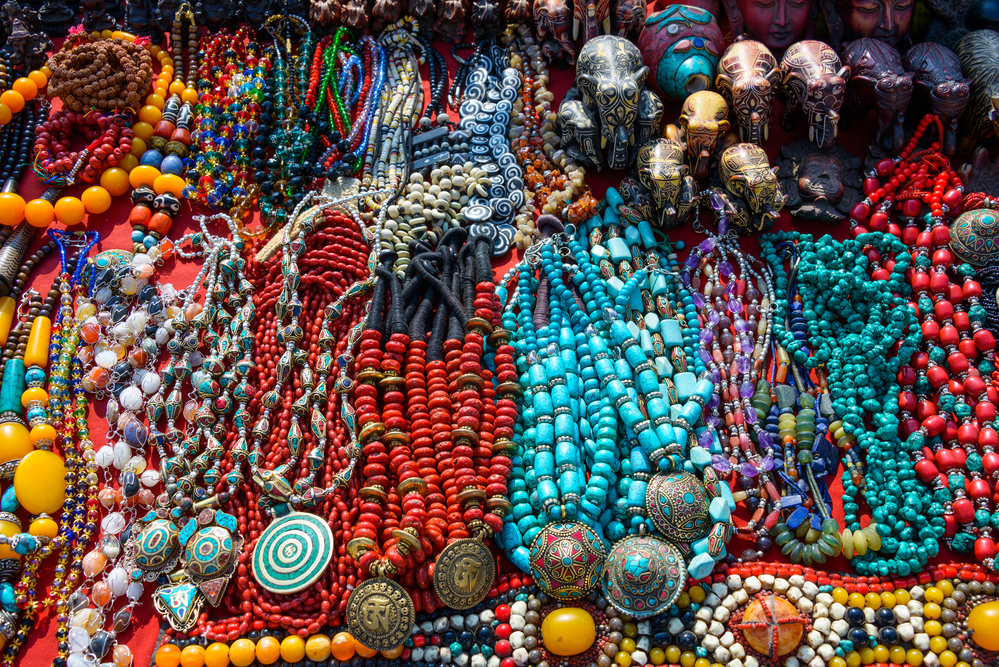
How Can You Tell if Tibetan Turquoise Is Real?
Several tests can be used to verify the authenticity of Tibetan Turquoise. Here are some of the most common methods:
- The Heat Test: To perform this test, gently heat the stone with a lighter or match. Real stones will not change color or show any signs of damage when exposed to heat, while fake stones will often change color or become discolored.
- The Hardness Test: To perform this test, try to scratch the stone with a piece of steel or glass. The real piece has a hardness of 5-6 on the Mohs scale and should not scratch easily, while fake stones will be much softer and more susceptible to scratches.
- The Specific Gravity Test: To perform this test, place the stone in a container of water and measure its weight. Real stone has a specific gravity of 2.6-2.9 and will sink in water, while fake stones will float or have a lower specific gravity.
- The UV Light Test: To perform this test, expose the stone to ultraviolet light. A real sample will glow a bright blue color under UV light, while fake stones will often not react to UV light or exhibit a different color response.
It’s important to note that these tests are not foolproof, and there may be some variations in results depending on the quality and origin of the stone. Therefore, purchasing from a reputable dealer or jeweler is best to ensure authenticity.
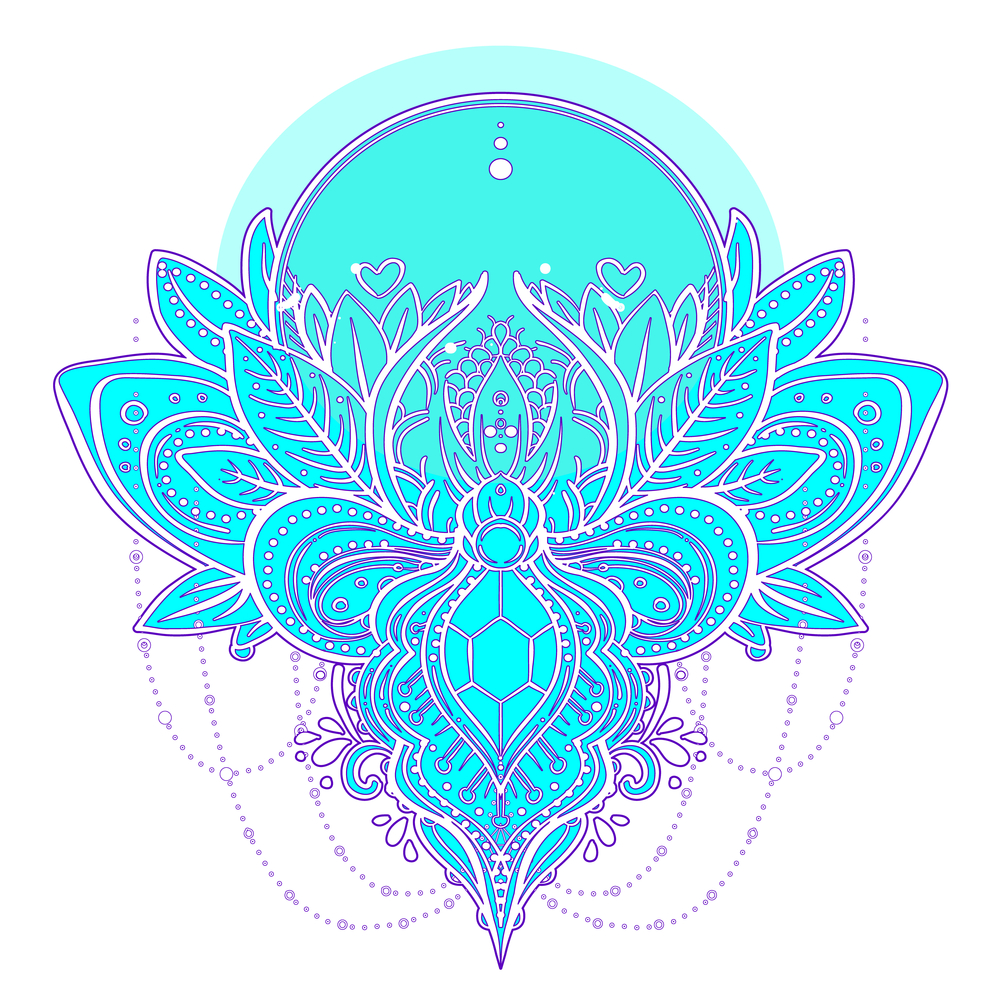
What Does Tibetan Turquoise Symbolize?
The Hindu-Buddhist culture of the Himalayas has historically held Turquoise in high regard – it is often referred to as “Sky Stone” and believed to have descended from the heavens. Tibetans, who have valued this gemstone since at least 1,000 BC, wear these pieces for protection and gift them with love between people. Even today, almost everyone here owns one or more items made out of Turquoise because its spiritual meaning remains strong!
Tibetan Turquoise has long been associated with spiritual and cultural significance in many different cultures. As a result, it is believed to have a variety of symbolic meanings and properties. Some of the most common symbolism associated with it includes:
- Protection: It is often believed to protect the wearer from harm and bring good fortune. It is a powerful talisman that can ward off negative energy and help prevent accidents or illness. Tibetan children are given a piece of traditional Turquoise jewelry at an early age to bring them good luck and protect them from harm.
- Healing: The stone is believed to have healing properties and is thought to help with physical and emotional issues such as headaches, depression, and insomnia.
- Communication: The stone is associated with the power of communication and is said to help the wearer express themselves more clearly and effectively. It is believed to help with public speaking and creative writing and can be especially useful for artists and musicians.
- Wisdom and Self-awareness: It is often associated with knowledge, introspection, and self-awareness. It is believed to help the wearer gain insight into their thoughts and emotions and encourage them to live more authentic and fulfilling lives.
These symbolic meanings and properties have made it a popular choice for jewelry. It is often used in necklaces, earrings, bracelets, and other adornments.
Uses of Tibetan Turquoise
Tibetan culture reveres Turquoise for its ability to protect and bolster family wealth, heal afflictions, and even assume a personality-like existence within the household. Moreover, ancient Sanskrit writings attest that this precious stone will regain vibrancy when passed down from one generation to the next. As a result, many families reserve special affection towards their Turquoise as if it were part of the family itself – endowing each gemstone with unique properties like an individual’s character traits.
Tibetan Turquoise has long been a staple in traditional medicine, having its medicinal properties registered in various Sanskrit texts. As a result, it has long been used for medicinal purposes in Nepal, Tibet, and other parts of the world. Healing Art Practitioners use three different methods of administering it – allowing the patient to view or touch it and prescribing it as a powder mixed with other preparations such as herbs and animal products. This natural remedy is often prescribed to treat liver issues, anemia, and hysteria.
Tibetan Turquoise has a rich history of use in various cultures. It has been prized for its beauty, rarity, and spiritual significance for thousands of years. Here are some of the most common uses of this stone:
- Jewelry: It is a popular choice for jewelry making and is often used in necklaces, bracelets, earrings, and other adornments. Tibetan turquoise pendants, turquoise beads, bracelets, and earrings are very popular forms of jewelry. Tibetan turquoise Cabochons are very popular and used by people as a personal possession. It is prized for its unique color and patterning and is usually set in silver or other precious metals. Tibetan turquoise beads like turquoise beads are very popular.
- Decoration: The stone is often used as a decorative element in homes, shrines, and other spaces like vases, etc. It is believed to bring good energy and luck to the room and is used to create beautiful and meaningful displays.
- Carvings: The stone is a popular choice for carving and is often used to create intricate and detailed sculptures, figurines, and other decorative items. It is prized for its beauty and versatility. It is often carved into shapes representing animals, nature, or spiritual symbols.
- Healing: The stone is believed to have healing properties and is often used in spiritual practices, such as meditation and Reiki. It is said to help balance the chakras, relieve physical and emotional pain, and promote overall well-being.
These are just a few examples of the many uses for Tibetan Turquoise. In addition, the stone continues to be prized and treasured as a token of love by people worldwide for its unique beauty and spiritual significance.
Is Tibetan Turquoise a birthstone?
Tibetan Turquoise is not a traditional birthstone. Birthstones are specific gemstones associated with a particular month of the year, and each month is assigned one or two stones.
Tibetan Turquoise is sometimes given as a gift to people born in December, as it is believed to bring good fortune and protection to the wearer. It is often associated with the zodiac sign Scorpio. It is said to bring positive energy to those born under this sign.

How To Take Care Of Tibetan Turquoise Jewelry?
Tibetan Turquoise is a delicate and porous gemstone and requires special care to maintain its beauty and integrity. Here are some tips on how to take care of your jewelry:
- Store it separately: To avoid scratches and damage, store your jewelry separately from other gemstones and metal jewelry. Wrap it in a soft cloth or place it in a jewelry box to prevent damage.
- Avoid exposure to water and chemicals: It is sensitive to water and chemicals and can discolor or damage the stone. Remove your jewelry when washing your hands, showering, or using harsh chemicals.
- Clean it regularly: Clean your jewelry regularly using a soft cloth or a mild soap and water solution. Avoid harsh chemicals or abrasive materials, as these can damage the stone.
- Avoid the heat: The stone is sensitive to heat and can become discolored or damaged if exposed to high temperatures. Avoid exposing your jewelry to direct sunlight or heat sources.
- Have it professionally cleaned: If your jewelry becomes dirty or discolored, have it professionally cleaned by a jeweler. This will help to restore its original beauty and shine.
Following these simple care tips, you can keep your Tibetan Turquoise jewelry looking beautiful and in excellent condition for years to come.
FAQ
What are the powers of Tibetan Turquoise?
Tibetan Turquoise is a unique and powerful stone believed to have many metaphysical properties. For example, it softens energy and produces a gentle purifying power. In addition, it is known for its spiritual strength, which helps free an individual from negative thinking, clearing the mind and body of everyday stress and daily problems.
Tibetan Turquoise is considered powerful in healing ailments, healing body organs, and strengthening relationships between people. It is also believed to possess the power to enhance energy flow, bring good fortune, and provide protection from harm.
What emotion does Tibetan Turquoise represent?
Tibetan Turquoise is known for its healing properties and symbolizes many positive emotions in Tibetan and Tibetan Buddhism cultures. The stone represents optimism, joy, and positivity. It can instill hope through its unique, beautiful color of blue-green.
Tibetan Turquoise is believed to reduce bad fortune by calming the mind and providing emotional balance – allowing one to achieve clarity in their life path directions. Tibetan Buddhists believe the stone brings inner peace, clarity of mind, and joy to those who wear it or keep it close.
Who should not wear Tibetan turquoise stone?
Tibetan Turquoise is an incredibly beautiful stone with many spiritual benefits, but it is sometimes right for some. Those who suffer from a sensitivity to copper or other metals commonly found in Tibetan Turquoise should avoid wearing it as jewelry.
The stone certainly has its benefits, but if you need more certainty or fit into any of the previously mentioned categories, it would be wise to consult a spiritual leader before making your purchase.
What is Tibetan turquoise special for?
Tibetan Turquoise is a unique and captivating stone that offers more than just beauty. It holds a deep spiritual significance. It is said to act as a bridge between the physical and spiritual world, providing enhanced wisdom and prosperity. This special stone symbolizes communication and protection from negative energies and is believed to bring good fortune to its wearer.
Tibetan Turquoise is an incredibly versatile stone due to its wide range of available colors. As a result, it is a highly sought-after gemstone for sterling silver jewelry. It is commonly used in beads, pendants, necklaces, bracelets, and earrings.
Which Zodiac should wear Tibetan Turquoise?
The Zodiac signs most drawn to Tibetan Turquoise are Aries, Cancer, Libra, and Sagittarius. Aries will be attracted to it for the support it can give them when they feel they don’t have any control over their lives. Cancer needs Tibetan Turquoise for its calming effects on its highly emotional nature. Libra seeks to help infuse balance in multiple areas of life and add stability during times of change or difficulty. Lastly, Sagittarius will love its adventurous energy and cheerful outlook that keeps the fire within lit even in difficult times.
Tibetan Turquoise is an amazing gemstone, providing healing and protection to all who seek its solace no matter their zodiac sign – but these four zodiac signs, in particular, can reap its greatest benefits when worn regularly.


